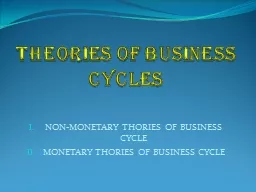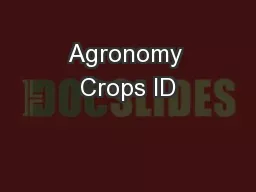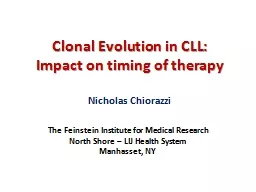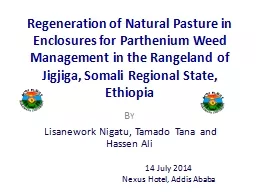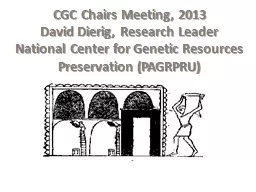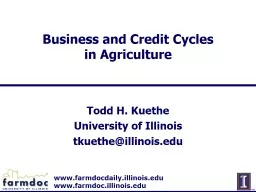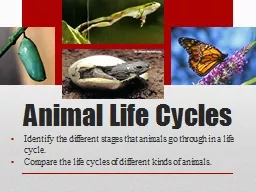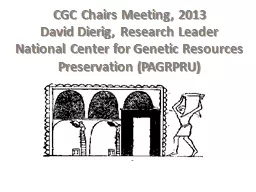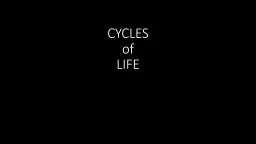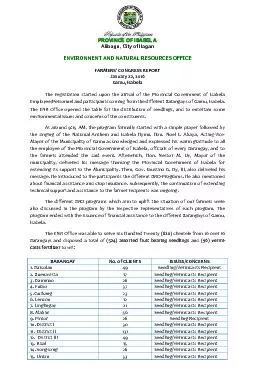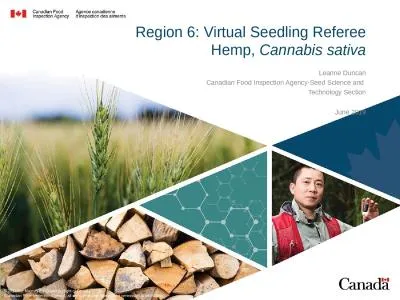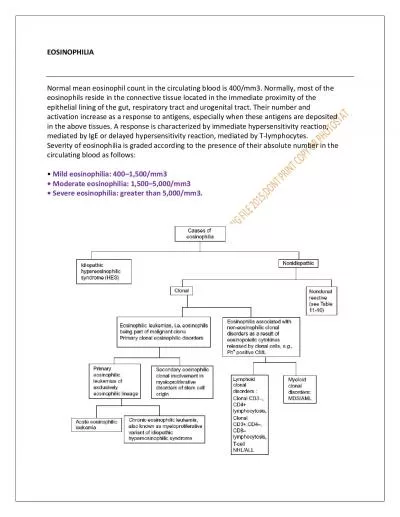PPT-Seedling and Clonal Life Cycles
Author : pasty-toler | Published Date : 2020-01-08
Seedling and Clonal Life Cycles By Tiffany Reese and Henry Schmidt What is a seedling Any plant originating from seed despite current life stage Seeds are produced
Presentation Embed Code
Download Presentation
Download Presentation The PPT/PDF document "Seedling and Clonal Life Cycles" is the property of its rightful owner. Permission is granted to download and print the materials on this website for personal, non-commercial use only, and to display it on your personal computer provided you do not modify the materials and that you retain all copyright notices contained in the materials. By downloading content from our website, you accept the terms of this agreement.
Seedling and Clonal Life Cycles: Transcript
Download Rules Of Document
"Seedling and Clonal Life Cycles"The content belongs to its owner. You may download and print it for personal use, without modification, and keep all copyright notices. By downloading, you agree to these terms.
Related Documents


